Weighing the costs of class sizes
How Los Al balances the number of students in our classes
Freshman Emma Voigt’s Spanish 1 class is full with 39 students and two teachers.
September 20, 2022
LOS ALAMITOS, CA — Students at Los Alamitos High School this year have noticed that certain classes seem unusually full, while others have several empty seats. Larger or smaller class sizes affect how students learn, so Los Al administration balances classes according to subject, grade, and student needs.
For example, special education and academic elective classes are generally smaller, while athletic teams and show choirs are larger. Special education classes have fewer students in order to accommodate their unique needs. Electives are filled by student interest, so while sports teams and choirs get more recognition, other electives tend to attract less students.
“[Class size] really depends on what group of students [the class is] supporting, as well as what levels and the actual size of a classroom,” said Principal Christiana Kraus.
Los Al tries to minimize the size of college prep courses in the core subjects – English, math, science, and social science – so students can receive more individual attention.
Principal Kraus said that administration makes freshman classes smaller to give them a better “first-time success.” With less peer pressure, freshmen may engage in valuable class conversations and feel more comfortable asking questions. Especially in Los Al’s language classes, participation and interaction with classmates are vital to the learning process.
Freshman Emma Voigt’s biggest class is Spanish 1, with 39 students. Her smallest class is chemistry.
“I think that sometimes it can be easier [to participate in Spanish] because there’s so many people that are doing it, but it can also be harder because there’s so many more people looking at you,” Voigt said. “I believe there could definitely be a little bit more [individual attention], but I think that I get enough.”
Bryn Pagett and Vivian Moore, sophomores in a Spanish 2 Honors class of 40 students, agreed that their class feels much bigger than their freshman Spanish classes. They both said that they learn better with smaller class sizes.
“When the classes are huge, the teacher really has to project and animate and they aren’t able to focus in [on single students],” Pagett said.
Moore added, “More kids are able to ask questions [in a small class] because there aren’t as many people that need attention from the teacher.”
In the first couple of weeks of school, some Spanish classes were split up and added to other periods. A Spanish 2 class was too small, so counselors consolidated it before students settled too much into their schedules and moved them into other periods.
When there aren’t enough students in advanced level languages or electives, like art, the classes are combined with a lower level into one class. Sometimes a certain period will be smaller because students need that class there due to a scheduling conflict. Moore said that Spanish is one of her larger periods, but some of her other classes are much smaller.
A decrease in enrollment at Los Al accounts for bigger classes. Principal Kraus estimated that 100 fewer students enrolled this year compared to last year. Parents turning to online schooling options after COVID reduced enrollment in public schools.
Principal Kraus explained that the state funds districts based on factors including the number of students on campus and daily attendance. With a drop in enrollment, she said Los Al would have fewer kids, fewer teachers, and less state funding. The school cuts down on the number of classes by making them bigger because fewer students mean the district receives less money.
“We’re a very big high school. We have maintained really good enrollment numbers as a district and as a school because we are a desired school to be at,” Principal Kraus said of minor decreases in enrollment.
Because we are “an attractive district,” many out-of-district students receive permits to attend Los Al.
Consequently, Los Al’s student-teacher ratio is higher than many local public high schools in the Los Alamitos-adjacent area. At 27:1, it exceeds California’s and the U.S’ average student-teacher ratios.
Principal Kraus said that our student-teacher ratio varies based on what classes the number includes. She estimated our student-teacher ratio to be around 32:1, adding that this number does not include special education classes because they are significantly smaller than general education classes. Public School Review’s number appears smaller because they take into account all classes.
Los Al’s most recent School Accountability Report Card (SARC) from the 2021 to 2022 school year said that our average class size the previous year for the core subjects was 28 students. Again, this number may seem lower because it includes special education and because classes were smaller during Los Al’s online and hybrid COVID year. The recommended class size, Principal Kraus said, is 32, but she said that 32 represents an ideal number and not Los Al’s maximum class size.
With Los Al’s new STEM building, many math and science classes moved into more spacious classrooms. Principal Kraus described a “multi-year process” of rearranging the campus to get rid of the portable classrooms like the 800s buildings. The counselors’ bungalows will be moved this school year for the construction of a new competition gym.
She said that the goal is to remove the portables so all classes can have larger rooms. Once counseling, attendance, and administration all move into the new building, their old offices, along with the media center, will be converted into classrooms. Hopefully, the renovation will help spread out classes where students feel crowded.

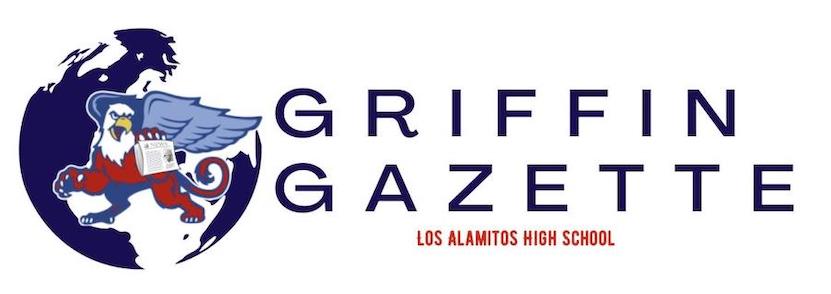
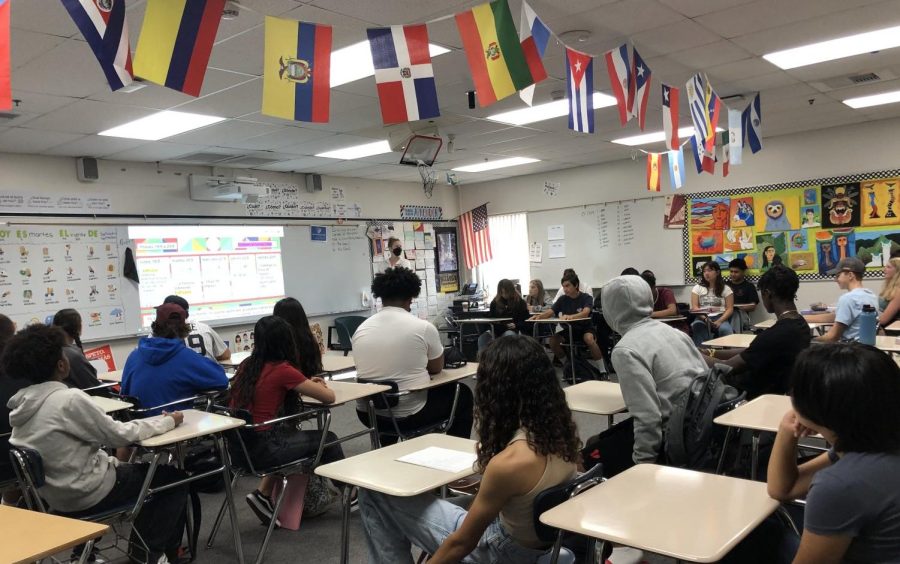

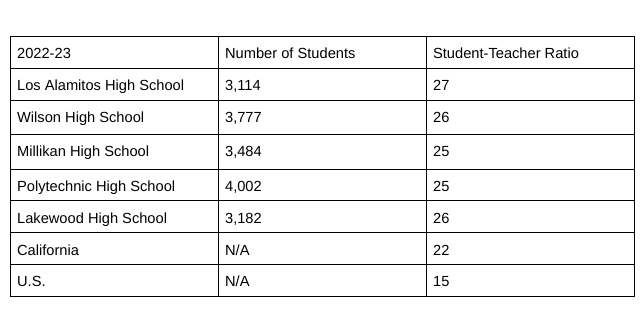


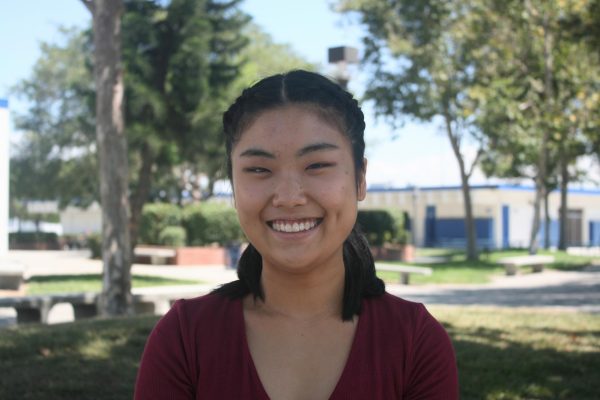
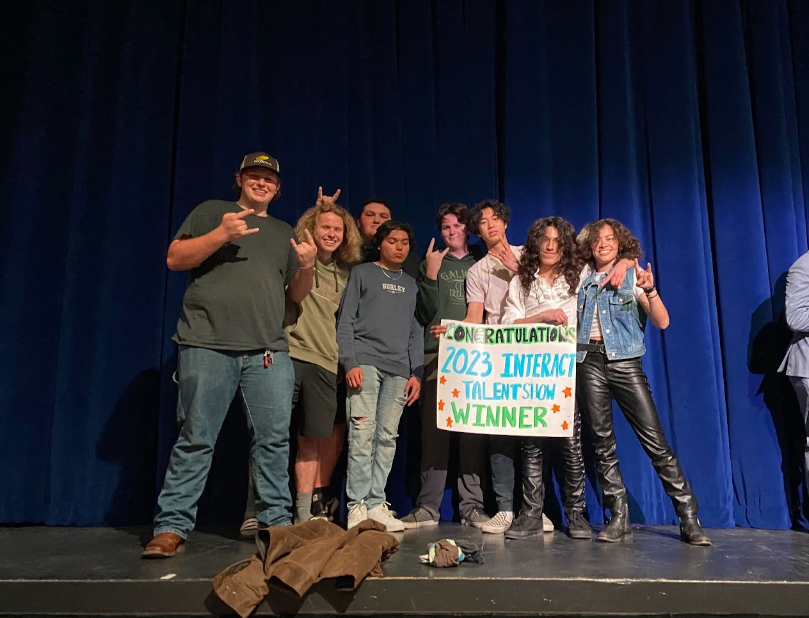


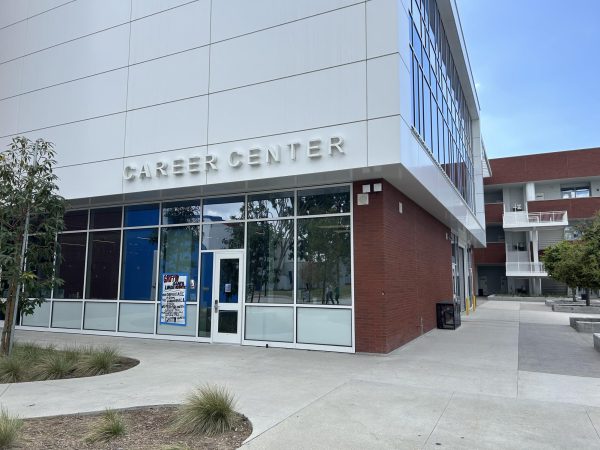
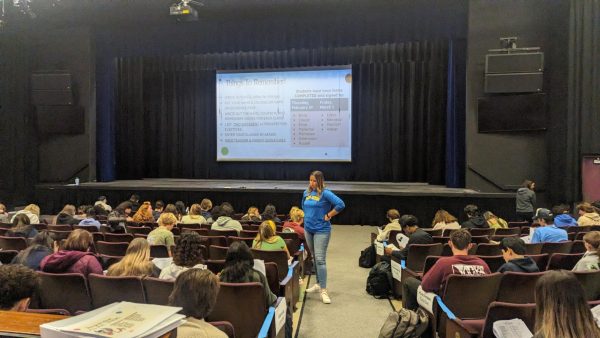
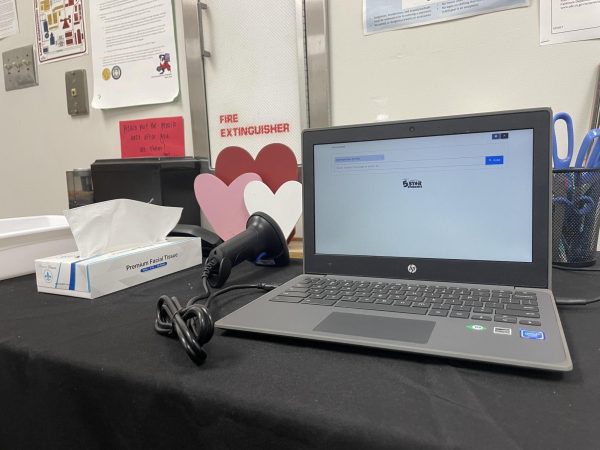

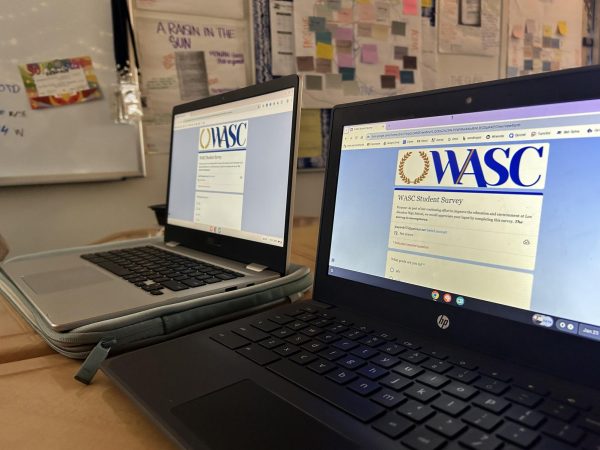
lfranzen • Sep 28, 2022 at 12:43 pm
You tackle a difficult topic with both grace and aplomb. I appreciate the depth of the research you present. You deftly world through the intersections of demand and financial constraint.
Isabella Gasper • Sep 25, 2022 at 9:32 pm
I love how you wrote this article. The quotes and information that you added are amazing! Great job!
Sydney Forsyte • Sep 23, 2022 at 1:30 pm
Bella you are an awesome writer! I know the graph took forever to make, but it looks great! Love the informative nature of your writing.
Alicia Tan • Sep 21, 2022 at 9:13 am
This is a really informative article! Your writing is great, and I really like the use of data 🙂